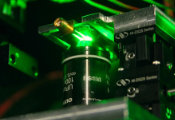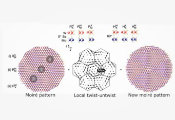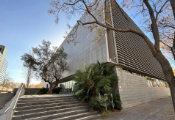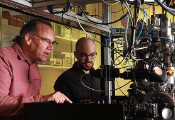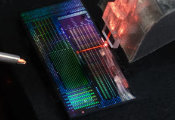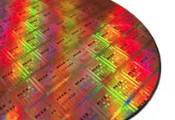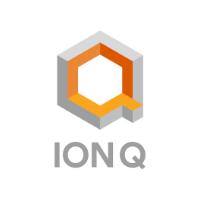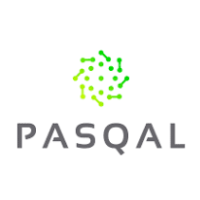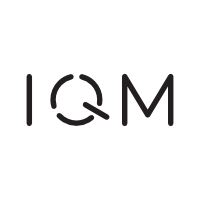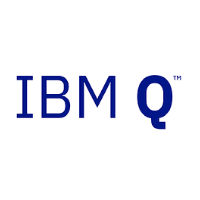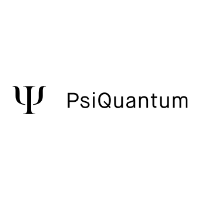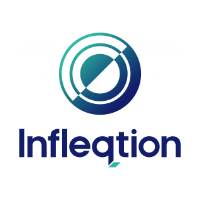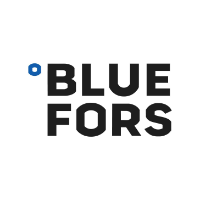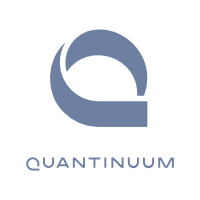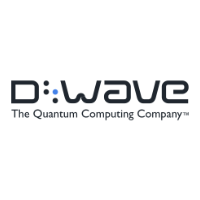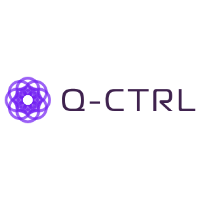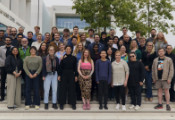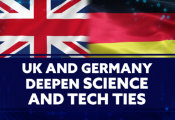Computing With Light: Forschungszentrum Jülich and Q.ANT Launch Collaboration on Photonic Computing
November 17, 2025 -- The Jülich Supercomputing Centre (JSC) at Forschungszentrum Jülich and Stuttgart-based technology company Q.ANT are launching a multi-year development partnership to systematically explore the potential of photonic computing for high-performance computing, and to identify new application opportunities. Together, they aim to integrate Q.ANT’s photonic processor into JSC’s modular computing infrastructure, and to develop new methods and algorithms that make optimal use of the unique properties of computing with light.
Photonic computing uses light waves instead of electric currents to process data. This enables complex mathematical operations to be carried out with virtually no heat generation, and with significantly lower energy consumption. Given the growing energy demands of data centres, light-based computing is considered a promising approach for creating more sustainable computer architectures for the future.
“With this collaboration, we are bringing photonic computing from fundamental research into real data centre environments,” says Prof. Dr. Stefan Krieg, Head of the HPC for Quantum Systems division at JSC. “Together with Q.ANT, we aim to develop methods that could significantly improve the energy efficiency and computing performance of future supercomputers. In doing so, we are exploring new pathways beyond the limits of conventional electronics.”
“Forschungszentrum Jülich stands for scientific excellence and pioneering spirit. In this environment, we can showcase what becomes possible when computational performance is reimagined – energy-efficient and highly performing,” says Dr. Michael Förtsch, Founder and CEO of Q.ANT. “Our goal is to prove, together with our partners, that the next level of compute will come from Germany – ready to usher in a new era of information processing.”
Computing with light instead of electricity
With its “Photonic Native Processing Server” Q.ANT has developed a dedicated server that uses light as an information carrier. According to the company, the underlying thin-film lithium niobate photonics architecture, a chip with integrated waveguides, enables up to 30× higher energy efficiency and a 50× increase in computing performance compared with conventional systems, while remaining compatible with existing software for scientific computing and AI applications.
Jülich’s HPC environment as a unique testbed
With its “Modular Supercomputing Architecture” (MSA), JSC pursues an innovative approach, in which different computing modules can be flexibly combined. By integrating photonic technologies into this modular architecture, JSC expands its capabilities for experimental computing methods, complementing existing activities that range from advancing classical high-performance systems to energy-efficient architectures and novel computing paradigms, such as quantum and neuromorphic computing.
The collaboration between JSC and Q.ANT demonstrates how emerging technologies can be incorporated into the supercomputers and data centres of the future. Together, the partners aim to test innovative computing methods and lay the foundation for powerful, energy-efficient, high-performance systems in Europe.
Research partnership with a four-year focus
As part of the four-year partnership, JSC will procure a Photonic Native Processing Server from Q.ANT to test hardware and software under real HPC conditions. Various applications and recurring program components (“kernel routines”) will be accelerated.
The goal is to further develop the interplay between photonic hardware and classical supercomputers, and to significantly reduce energy consumption for compute-intensive tasks.
Q.ANT and JSC will work closely together in a co-design approach to shape the next generation of photonic architectures. Insights from the Jülich tests will directly inform ongoing development of the technology at Q.ANT.


